'A haunt of ancient peace' — The gardens at Iford Manor and their remarkable history
In a home that can trace its history to the Norman Conquest, owners William and Marianne Cartwright-Hignett have continued the great work begun by Harold Peto in 1899.
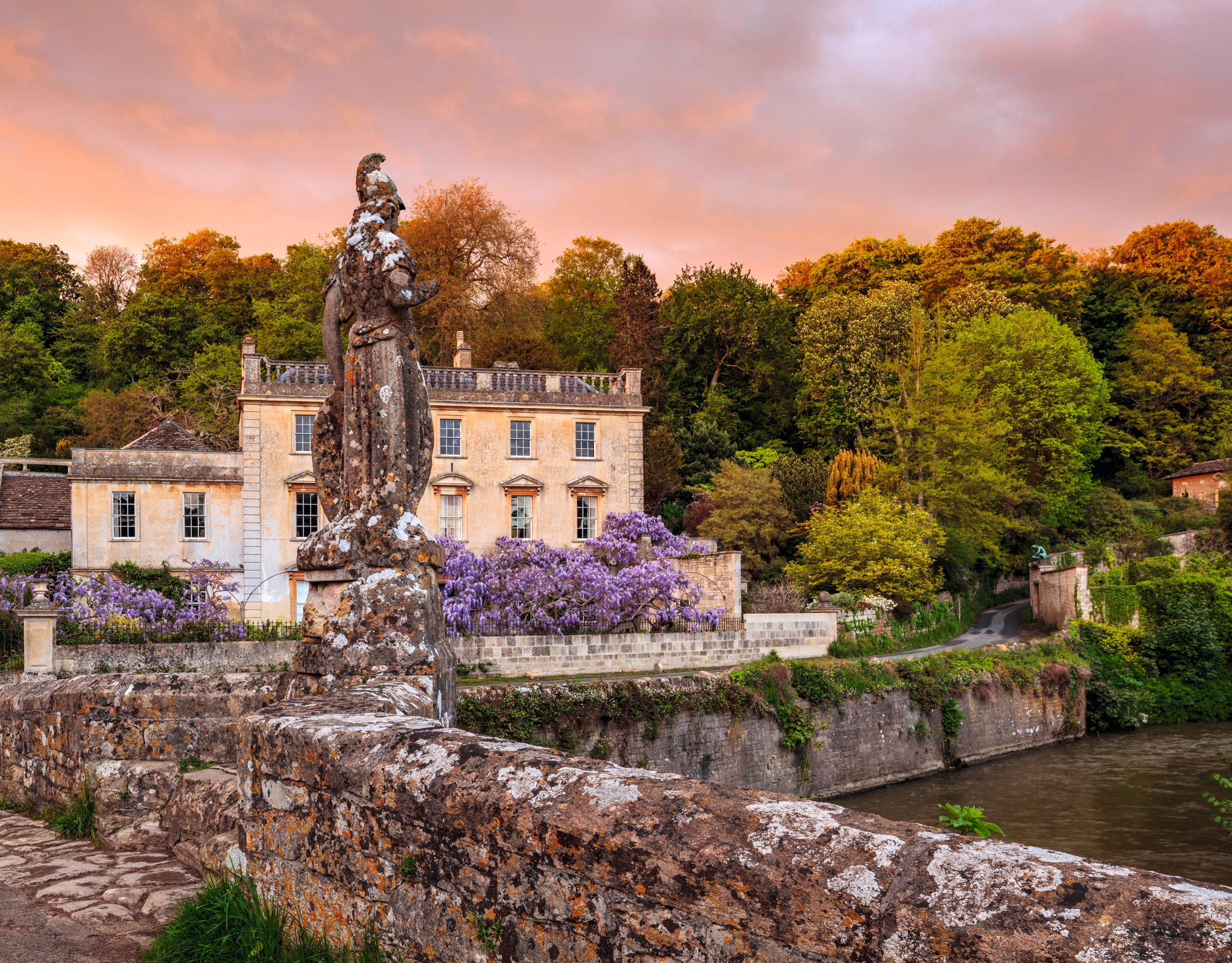
Oh, to have been a fly on the wall in 1898 when Henry Avray Tipping first cycled down the steep hill just outside Bradford-on-Avon and saw below him the River Frome, coursing through its pretty Gothic bridge, and, on his right, the buff-stone walls of Iford Manor. He was immediately charmed by ‘its splendid hanging woods, its stately terrace walk, its interesting house with so much history in its medley of styles, its pleasant position near the river with its picturesque bridge’.
Was he, perhaps, walking up the garden’s triple flights of stone steps when it first clicked that this was the very same property that his house-hunting friend, architect Harold Peto, had told him about? Worried that the house was too close to the road and river and that the estate was ‘overshadowed and over-grown, neglected and decayed’, Peto had held back his offer to buy it.
'The result is a garden with such atmosphere and beauty that it almost defies description'
Tipping, soon to become Architectural Editor at Country Life, thought, on the contrary, that ‘the faults were overshadowed by the amenities’. Perhaps his enthusiasm was enough to tip the balance, for, a year later, Peto bought the estate and soon began works on both house and garden. The latter is Italianate in style, with three initial terraces linked by flights of stone steps, along which he placed piers topped with antique statues and urns.
Further treasures gathered on his travels are arranged throughout the garden and placed with the same care as a rock in a Japanese garden — of which there is one here, for Peto also journeyed to Japan. His eye was as infallible as his taste. The result is a garden with such atmosphere and beauty that it almost defies description. It remains, as Patrick Taylor declared, in The Oxford Companion to the Garden (2006), ‘his most complete and attractive garden’.
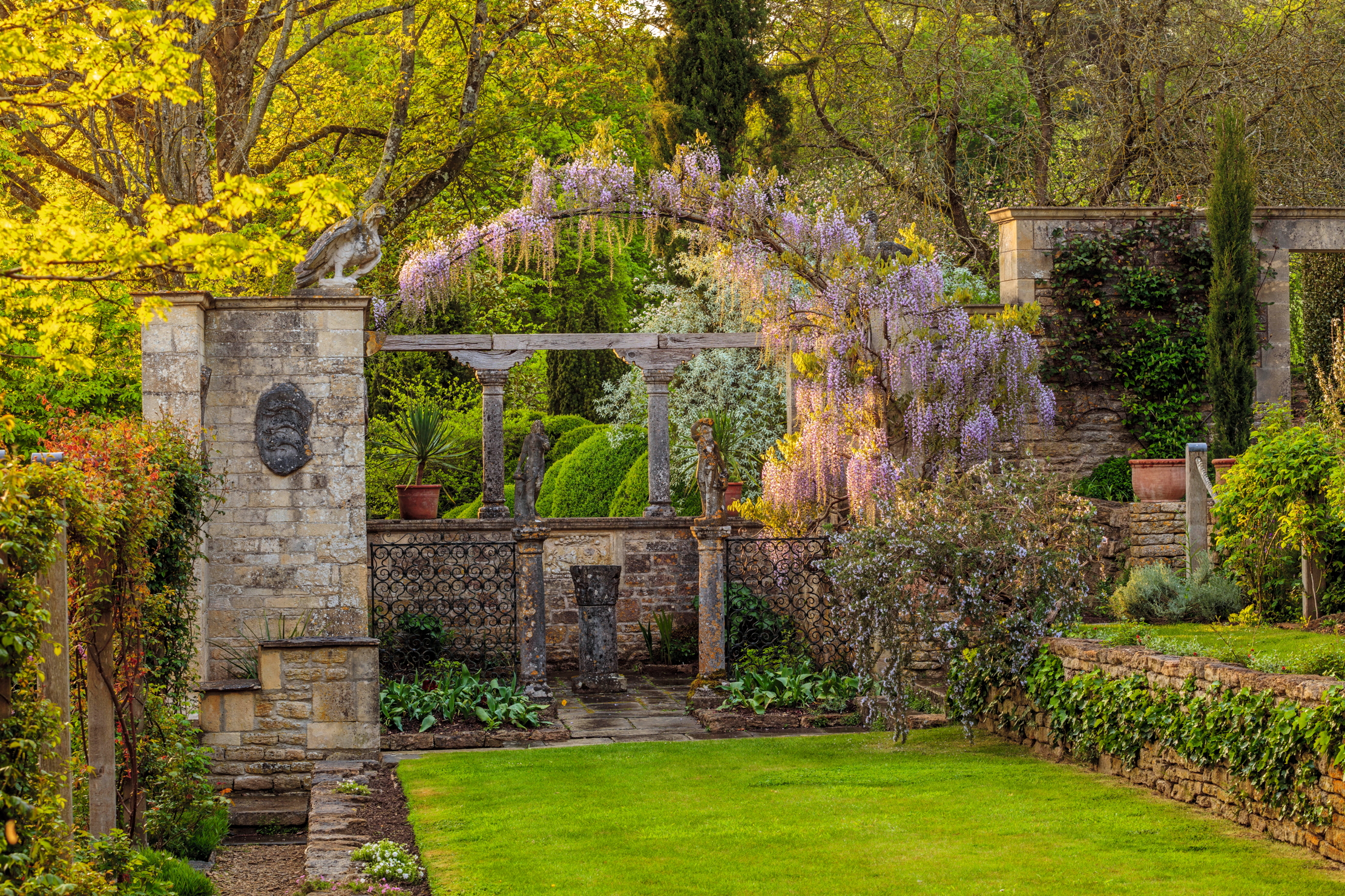
That it is in such good condition is thanks to Elizabeth Cartwright, who bought it from Peto’s nephew and godson, Michael Peto in 1965. She brought in Lanning Roper to help repair the depredations suffered during the Second World War and, after marrying John Hignett in 1979, she and her husband have dedicated their lives to Iford. Notable among their many works have been Mr Hignett’s remaking of the Japanese garden and his wife’s inspired mosaics. Despite its long and colourful history (of which more below), its Grade I listing, its glorious setting and its great variety of mood and of planting, it is astonishing how many garden lovers have not been to Iford. This, one suspects, is going to change.
When, in 2016, William and Marianne Cartwright-Hignett took over the running of the estate from William’s parents, they set in place a long-term management plan for the garden’s future. This included clearing trees and overgrown shrubs to restore the original 18th-century vistas and long views of the valley of the Frome, a job that was undertaken by their new head gardener Troy Scott Smith from Sissinghurst in Kent. At the same time, they have expanded the café and opened a restaurant (for which it is worth making a detour), as well as organising an annual jazz festival in what has to be one of the finest locations imaginable. The gardens are now in the capable hands of Steve Lannin, previously of Mapperton in Dorset. With his team, 3,000 plants have gone in, most of them grown in Iford’s glasshouses.
'In Iford Manor, Harold Peto had found his perfect match, a place like no other'
Iford rests on the downslope of the last hill in the Cotswolds and the first of the Mendips on the cusp of Somerset and Wiltshire: the county border runs through the garden. ‘Peto knew what he was doing when he came here — it is so good at capturing the heat and the soil is so diverse. We sit on a geological fault line with a big swerve of soil types,’ says Mr Lannin. ‘There’s clay and greensand and niches for growing different things.’
Sign up for the Country Life Newsletter
Exquisite houses, the beauty of Nature, and how to get the most from your life, straight to your inbox.
As Tipping immediately sensed, it holds an almost magnetic charm. He also seems to have understood, even if his friend had not yet, that, in Iford, Peto had found his perfect match, a place like no other and one that more than equalled his love of art and antiquities.
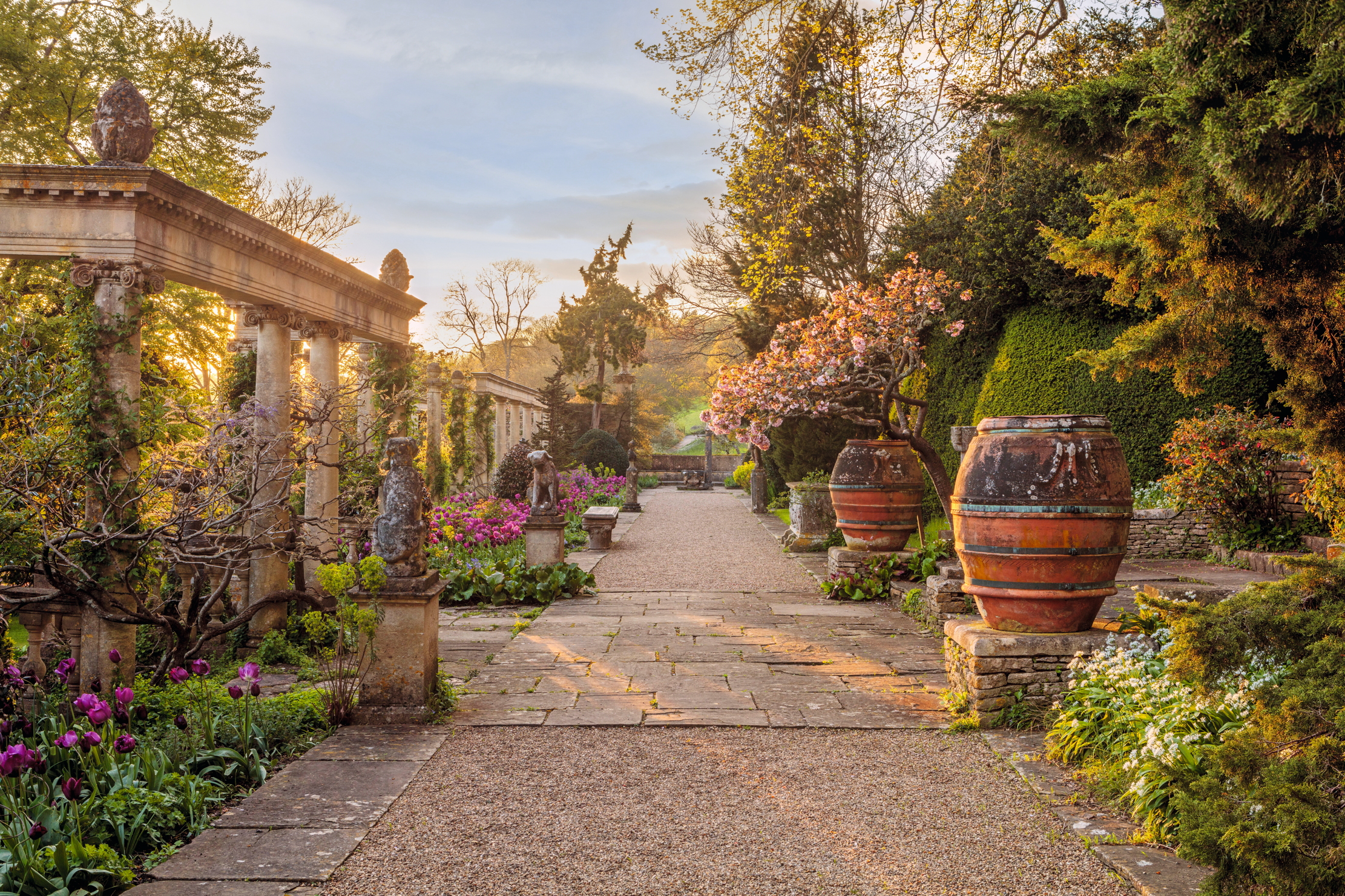
Iford’s history was certainly colourful. There are traces of Roman settlement and a dwelling was here in the Domesday Book, when the land belonged to William the Conqueror’s half-brother Robert Count of Mortain. The monks of Hinton Charterhouse owned the land from 1374 and leased the mill to the Horton family, who made their fortunes in the cloth trade and, after the Dissolution, bought the estate.
In 1625, it was sold to the Hunger-fords of Farleigh Castle south of Bath, but, sadly, things took a familiar turn and Iford was sold in 1687 to pay a gambling debt. By 1700, William Chanler, a salter of Bradford-on-Avon, was Lord of the Manor of Iford. It was for the Chanlers that the Elizabethan house was given the 1720 façade we see today.
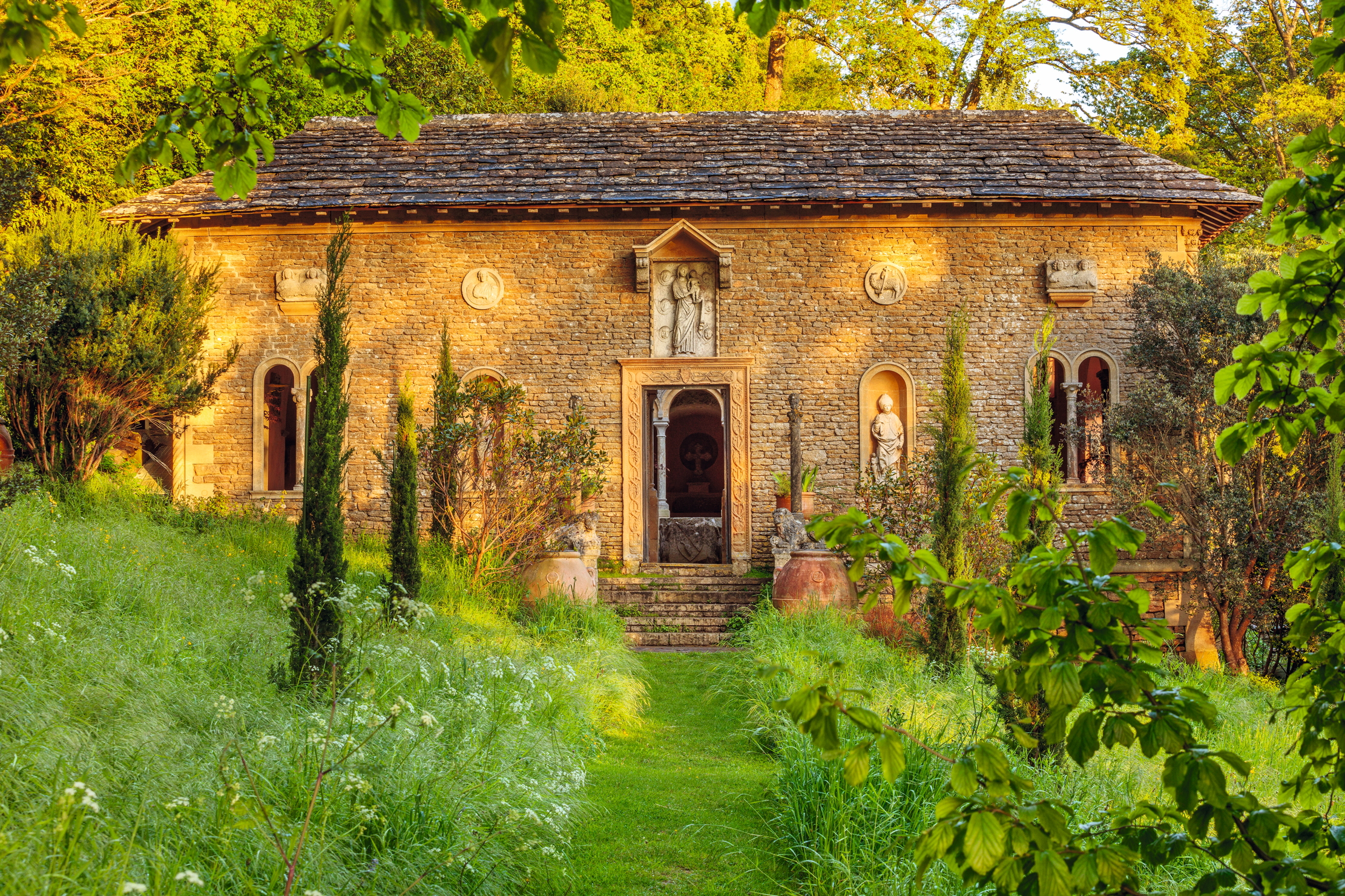
Iford was sold to John Gaisford in 1777, whose son Thomas was Dean of Christ Church, Oxford, from 1831 until his death in 1855. The Gaisfords made the Great Terrace — one of the finest lawn terraces in England at the time. They also planted the magnificent wisteria on the front of the house. As did his father, the Dean improved the gardens, planting the drifts of snowdrops and exotic-looking Turks’ cap lilies that still flower below the woods. In 1858, Iford was bought by Capt William Wallace Rooke of Corsham and, after his death, his widow lived here until 1895. The lands were quickly sold, but Iford — with 100 acres — was not sold until Peto bought it in 1899, hence the disrepair.
Impressively, by 1907, his rescue operation had already brought light and space to the fusty, awkwardly partitioned interior and removed the false eastern wing that cramped this corner of the garden. Peto brilliantly reused the ashlar stone and cornicing to build a new gateway and to erect the simple Italianate loggia — the walls of which he set with rondels he had bought in Venice and with other architectural fragments. Here in the English rain he could sit, looking out over the statues and urns in the new Fountain Court, from where the triple flight of stone steps leads up to the three terraces, each with its own atmosphere and now carefully restored.
'Tennyson's line "a haunt of ancient peace" is inscribed on the inner vault'
In the hands of the current team, the gardens are in excellent health. Roses and wisteria tumble softly over stone walls, ferns border shady rills and, at the far end of the Great Terrace, fresh flowers stand on a table in the small octagonal garden house Peto found half buried among the overgrown yews in the walled garden across the lane and moved to its current position.
The summerhouse was restored in 2019 following considerable subsidence. Even this little structure suggests there is a story to tell: a surprisingly intricate building with Ionic pilasters and, inside, oak panelling and an oak chimneypiece. It is supported by the remains of a parapet from an 18th-century river walk that had fallen into the Frome, where it was discovered by Peto when dredging the river and given a new use.
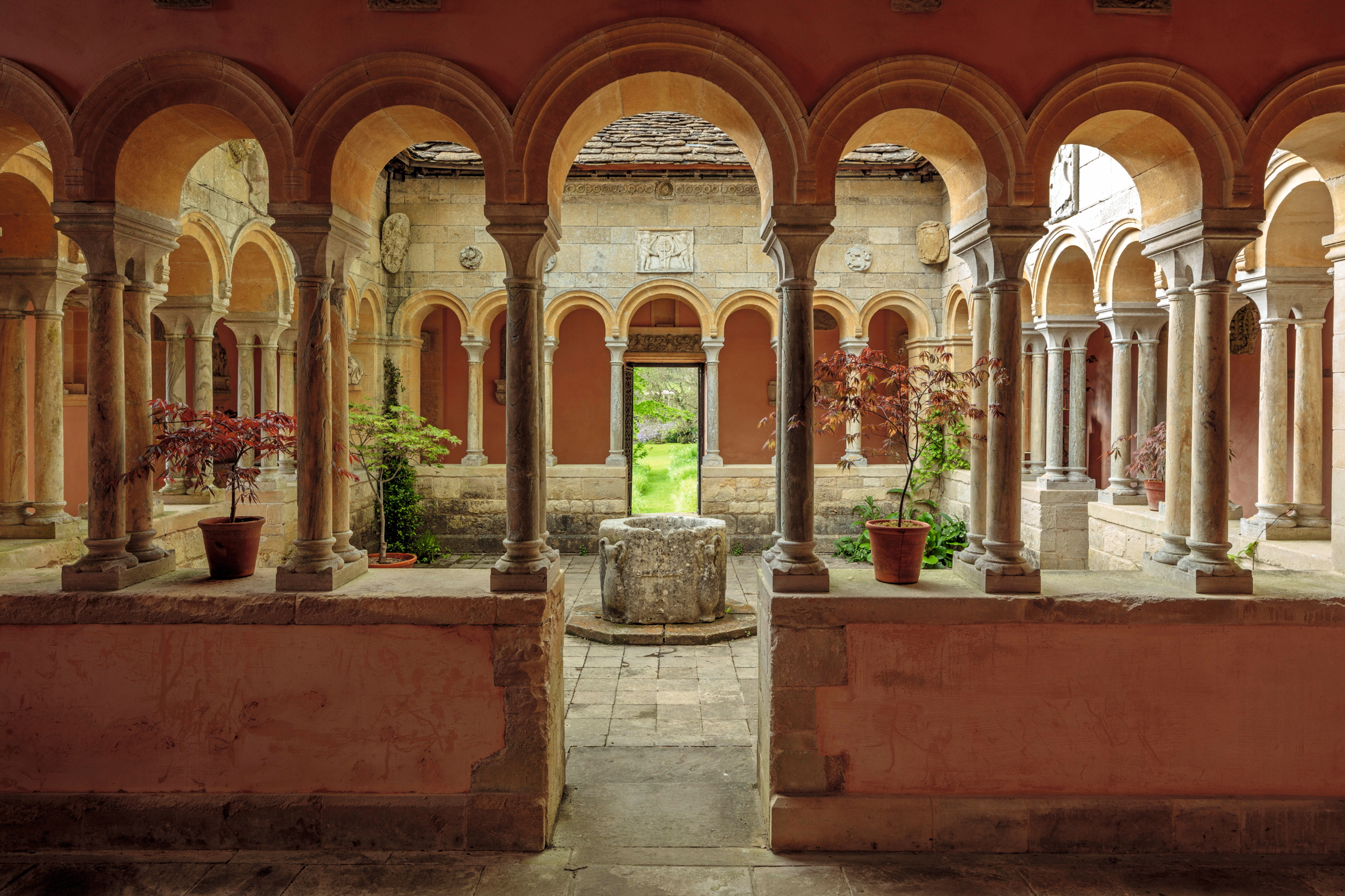
At the far end of the terrace is another surprise: the Grade II*-listed Cloisters, built by Peto in the Italian Romanesque style in 1914. Inspired by Tennyson’s poem The Palace of Art, the line ‘A haunt of ancient peace’ is inscribed on the inner vault, high above as one enters via the door of about 1450 from Mantua in Italy.
It was designed to house his remaining artefacts, which are displayed, in chronological order as you walk, left, around the little open courtyard inside. Here are Byzantine, Roman and medieval treasures, including a 9th-century stone panel of the cross similar to ones in the cathedrals at Torcello and Murano in Venice, Italy.
But all this only scratches at the layers of history. Clothiers and fullers, salters and soldiers, deans and all their forgotten womenfolk and staff seem to be absorbed into the walls and their foundations. As the mist rises from the fields across the Frome, you can almost sense their presence in the air you breathe.
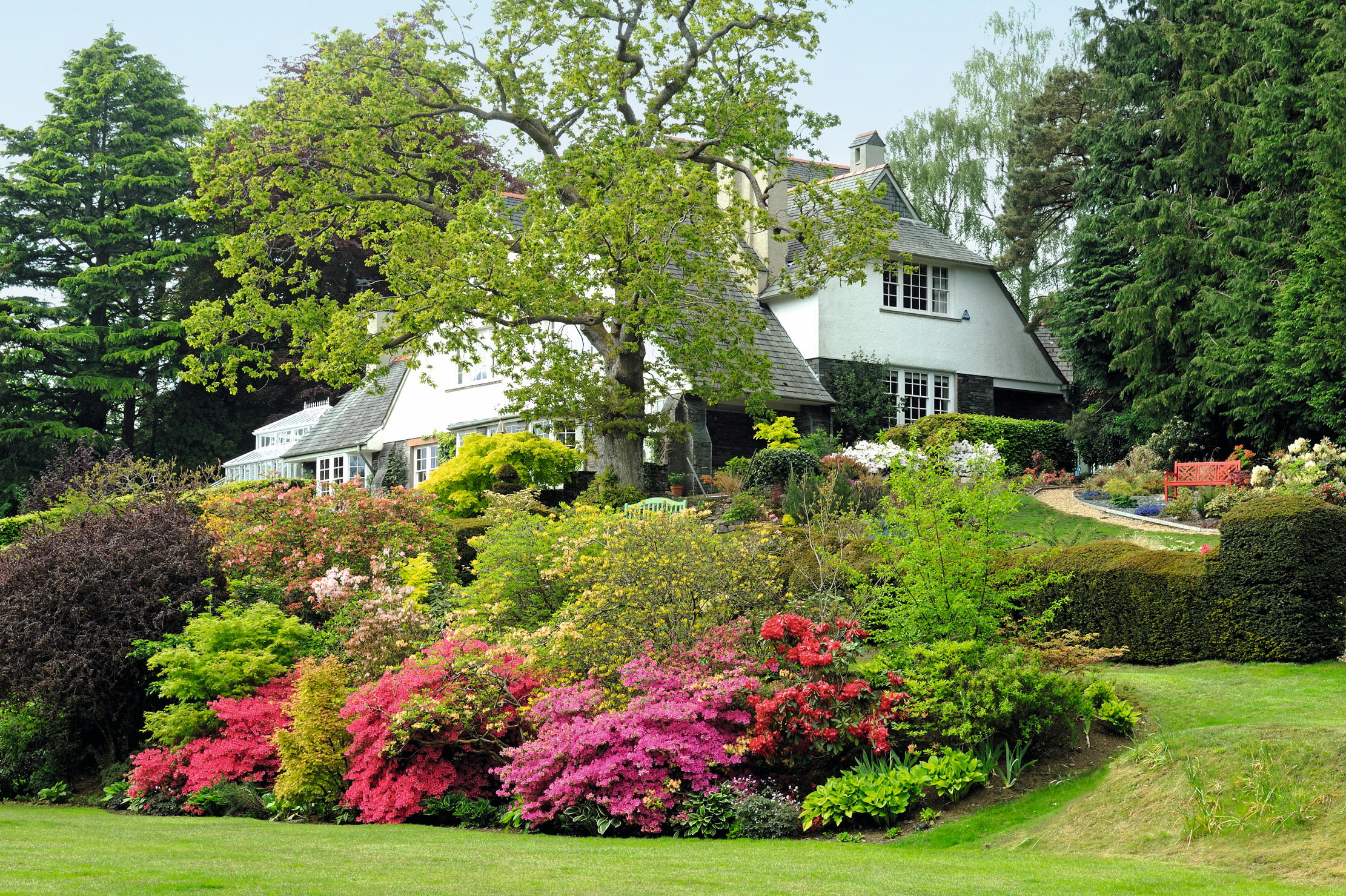
The gardens of High Moss, a Cumbrian paradise just moments from Derwentwater
Non Morris visits the much-loved gardens of High Moss, in Portinscale, Cumbria — home of Peter and Christine Hughes — and
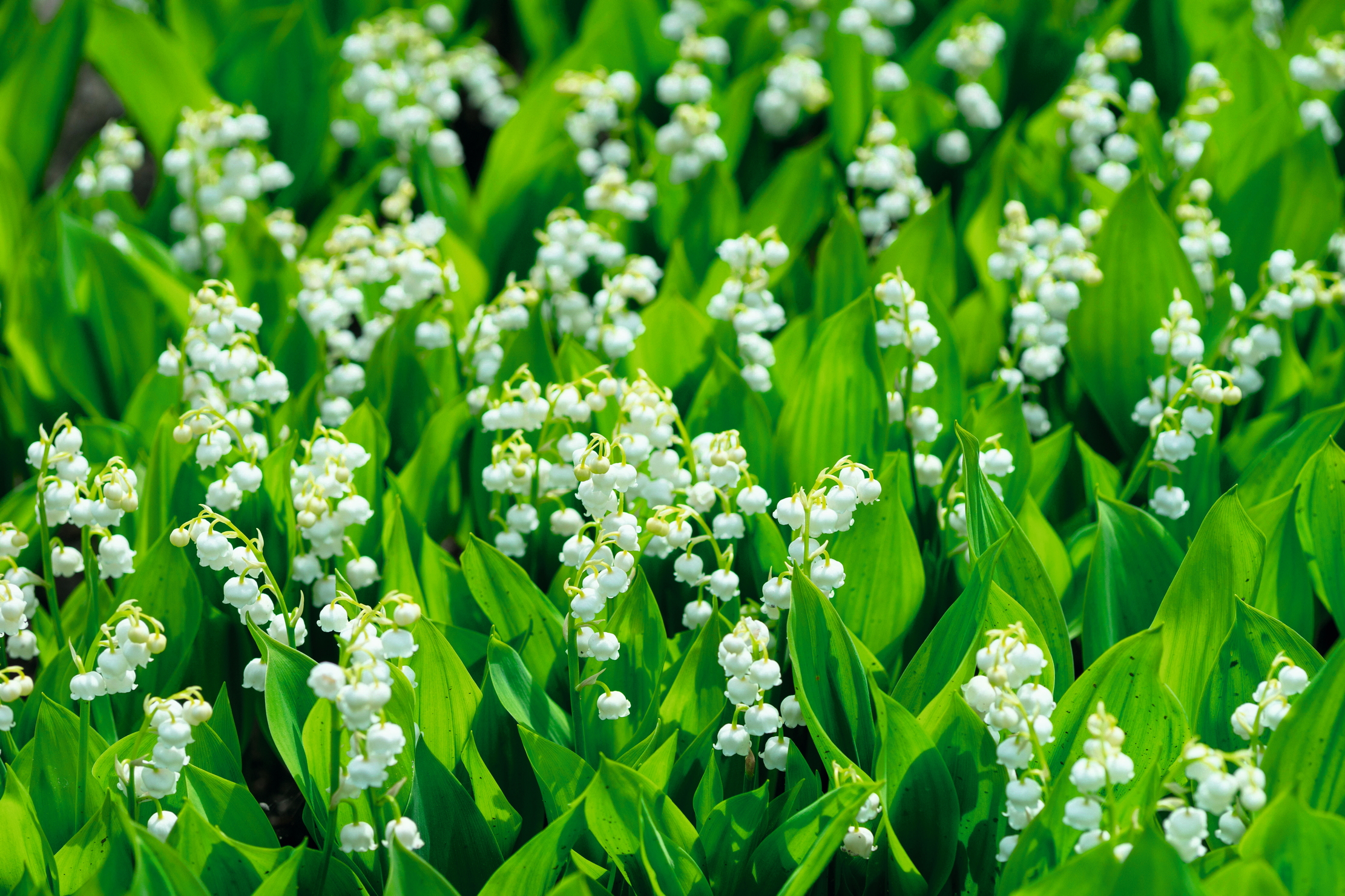
Credit: Shapencolour/Alamy
The poisonous plant that can 'run riot' in your garden, was a favourite of Elizabeth II and is more beautiful than a rose
Lily of the valley has a long history of royal connections, as well as being the ideal flower for expressions
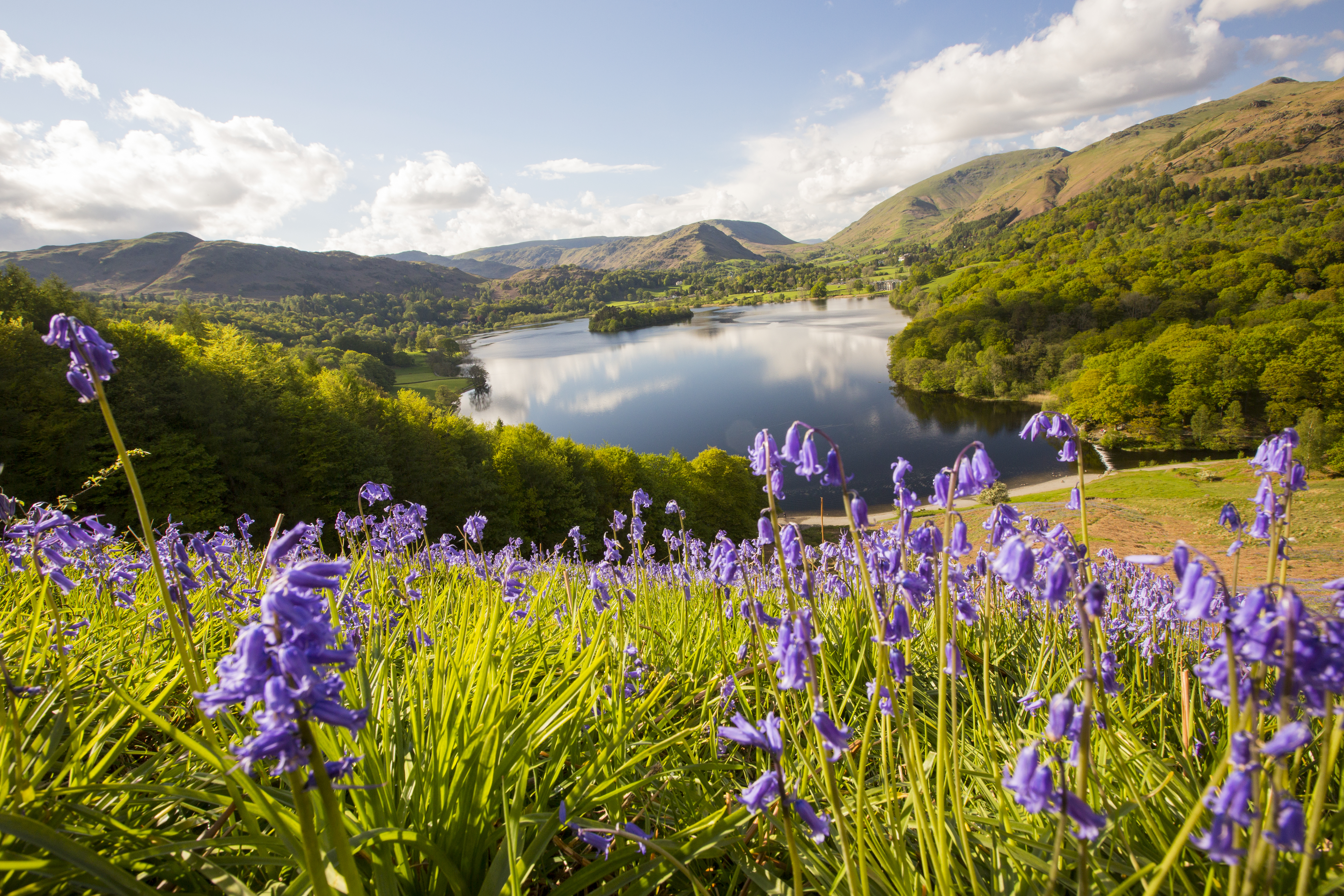
18 of the best places across Britain to go and see bluebells this spring
We round up the best gardens to visit to see carpets of bluebells this spring and explain how to tell
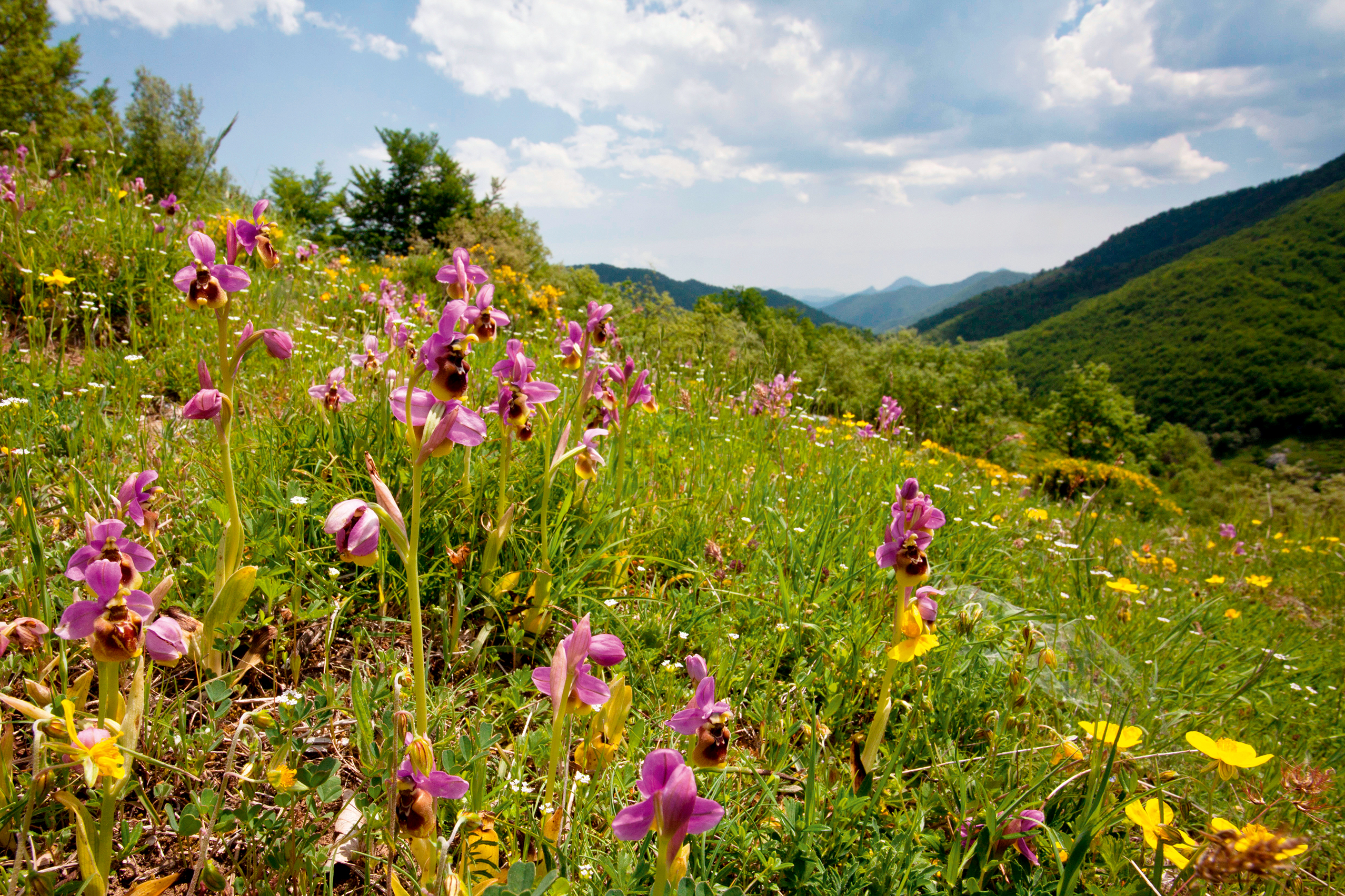
'Within a month, one was eaten by a tiger, one was burned alive, five disappeared and the sole survivor emerged with 7,000 specimens': The unique passion engendered by orchids
Charles Quest-Ritson admits that he never fell for orchids the way he has for roses — but the devotion they inspire is
-
 Two quick and easy seasonal asparagus recipes to try this Easter Weekend
Two quick and easy seasonal asparagus recipes to try this Easter WeekendAsparagus has royal roots — it was once a favourite of Madame de Pompadour.
By Melanie Johnson
-
 Sip tea and laugh at your neighbours in this seaside Norfolk home with a watchtower
Sip tea and laugh at your neighbours in this seaside Norfolk home with a watchtowerOn Cliff Hill in Gorleston, one home is taller than all the others. It could be yours.
By James Fisher